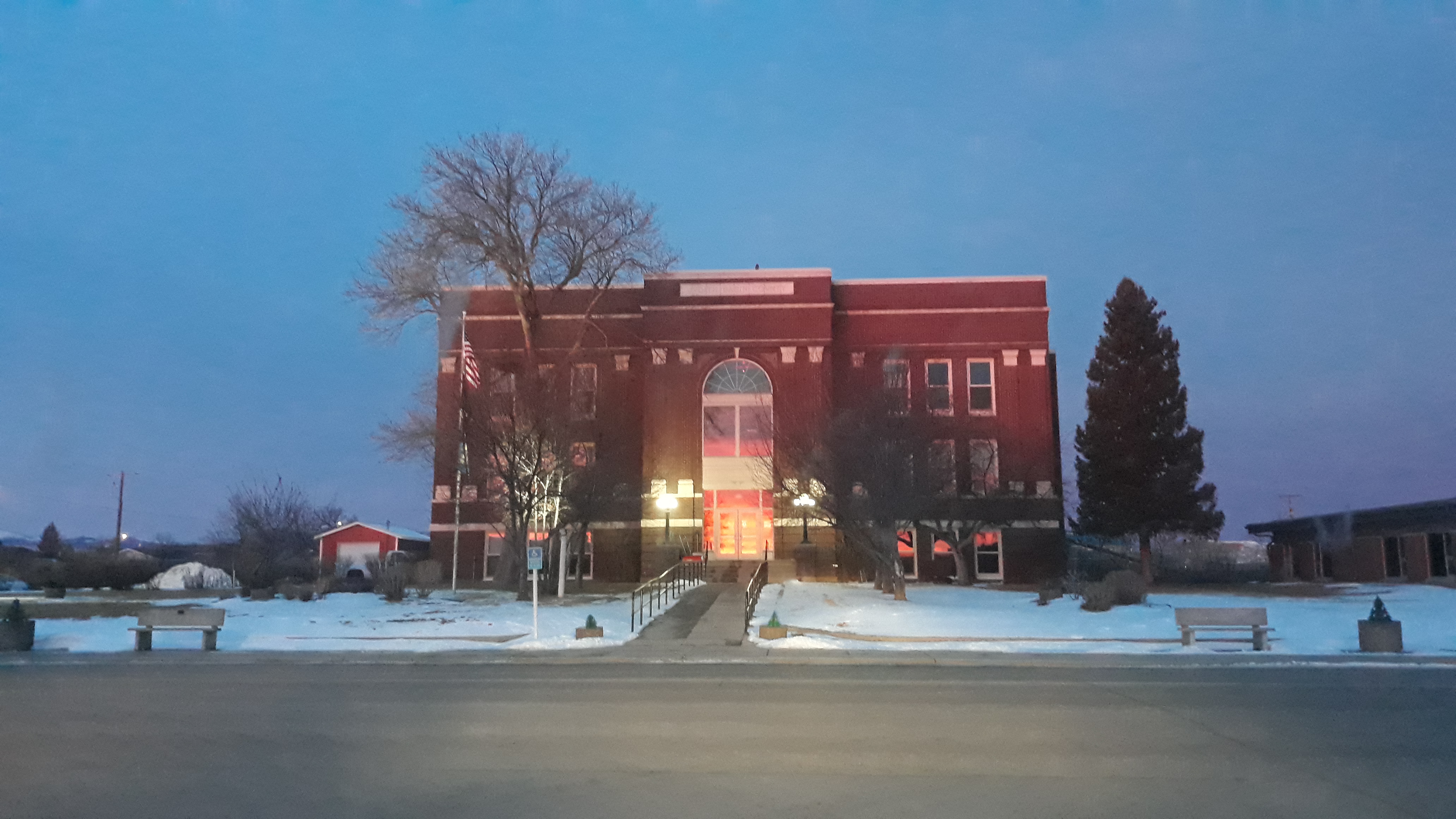
Judith Basin County
Welcome to Judith Basin County
Published: 2022By Katie Hatlelid
Judith Basin County is located in central Montana in a fertile basin between the Highwood, Big Snowy, and Little Belt mountains, with a county population of 2,016. The principal communities are Stanford, Hobson and Geyser, with numerous other small communities throughout the county.
Judith Basin County’s economy is based on agriculture, primarily livestock, small grains and forage production. The county ranks tenth in Montana for beef cattle population, tenth in winter wheat production, fifteenth in barley production, twenty-fourth for spring wheat production, fourth for alfalfa hay production, and twenty-first for other hay production. Timber and mining enterprises take place on a small scale.
The MSU Central Ag Research Center is located in the county. The Judith Basin 4-H programs consist of 90 youth members and 29 volunteer leaders in four organized clubs. The county offers a variety of recreational opportunities, which include hiking, hunting, fishing, camping, snowmobiling and skiing (a major ski area is about 45 minutes from Stanford). The Judith Basin was the home of the legendary western artist Charlie Russell. Many of his paintings were scenes captured by the artist between Lewistown and Great Falls.
Stanford and nearby Utica have several museums of interest. Recreation opportunities abound in the nearby Lewis and Clark National Forest, Judith River Wildlife Management Area and Ackley Lake State Park. The Judith River Wildlife Management Area, at the edge of the Little Belt Mountains, is a good place to view large elk herds in late fall and winter. Raynesford is an agriculturally-rich area. The homesteading boom from 1908 to 1915 and the extension of the Great Northern Railroad played an important role in the development of this area. Moccasin also began as a homestead community. In 1908, the Montana State legislature created the Central Montana Agriculture Research Center, three miles west of Moccasin. The center's purpose was to teach the newly arrived homesteaders dryland farming techniques. Even after the homesteader's bust, the center developed machinery and new crops, improving the area's wheat yields.


